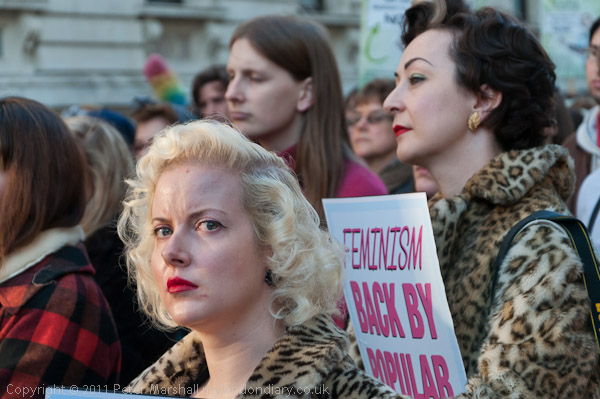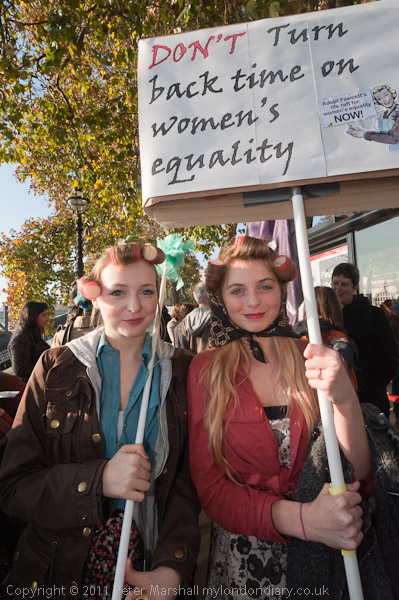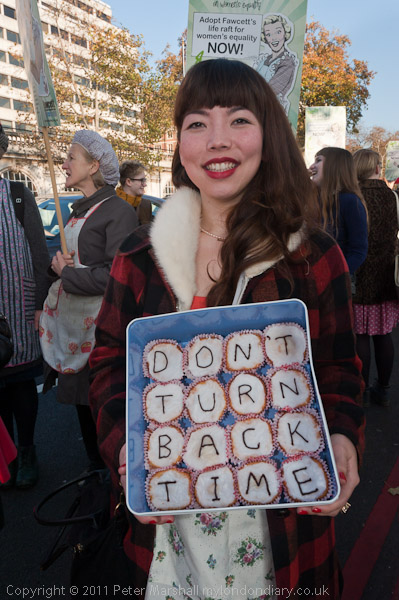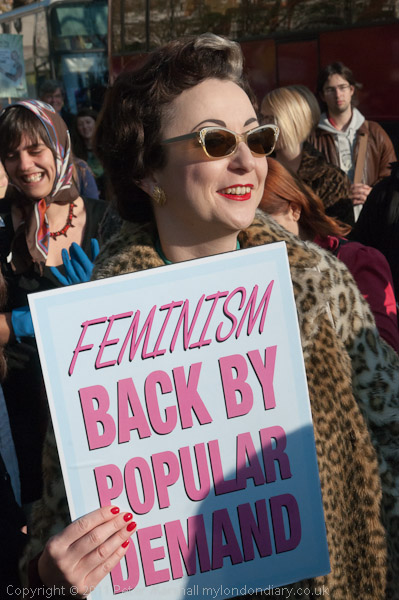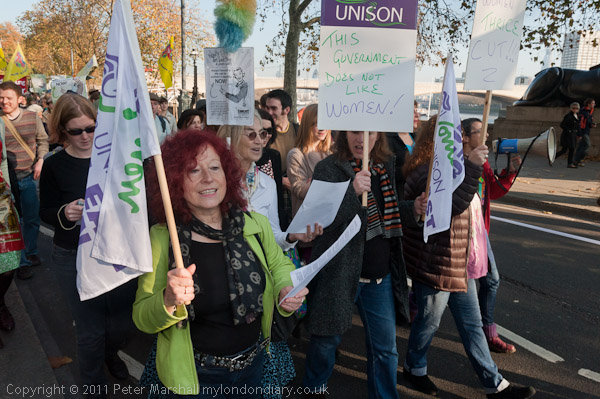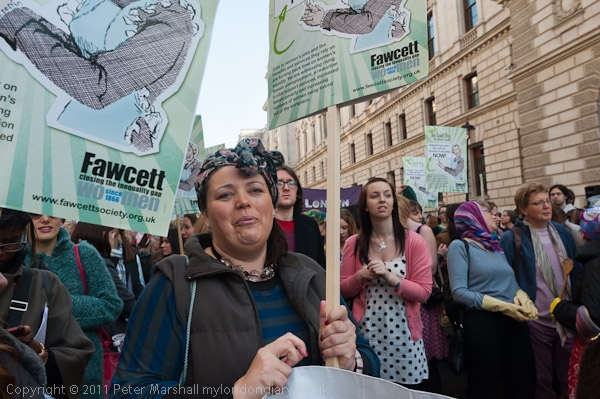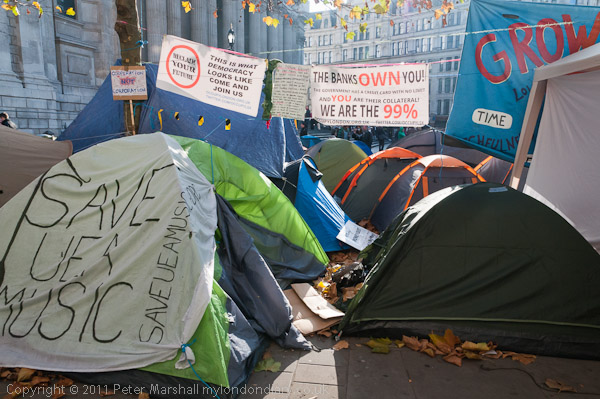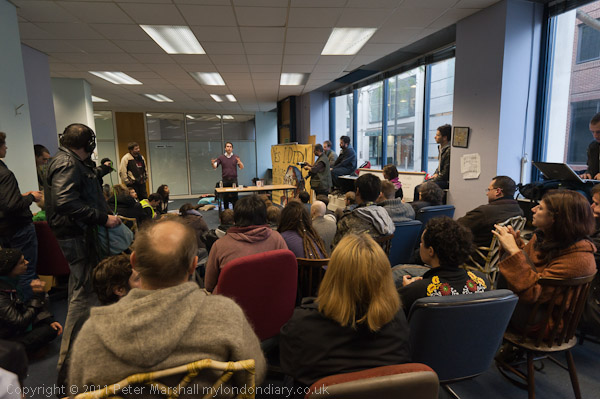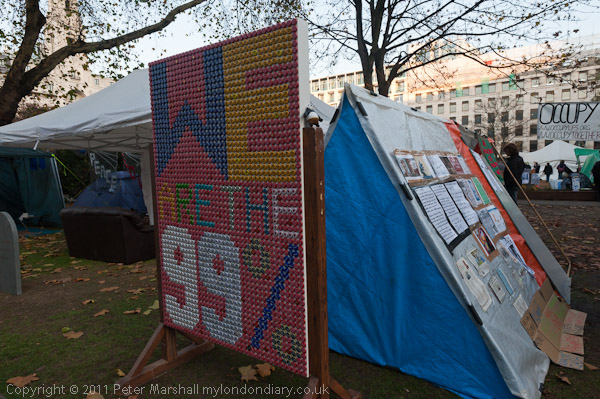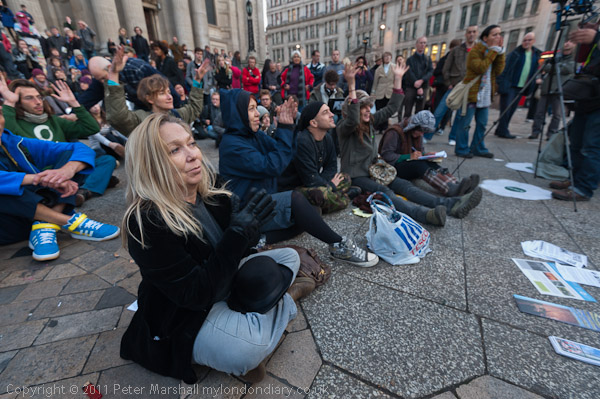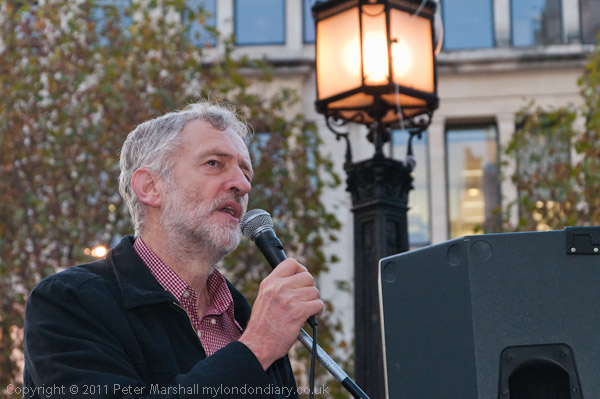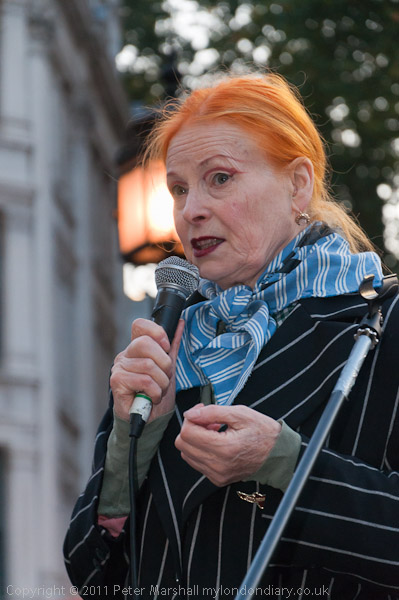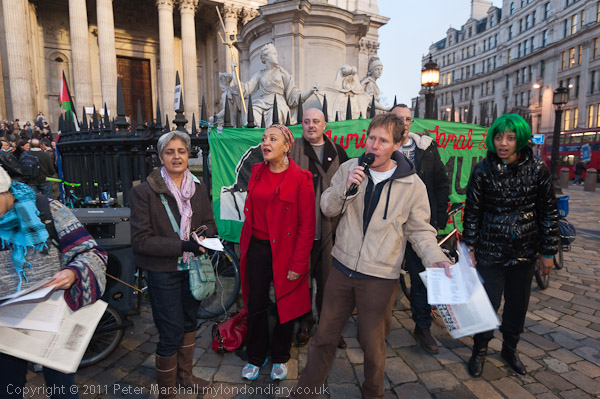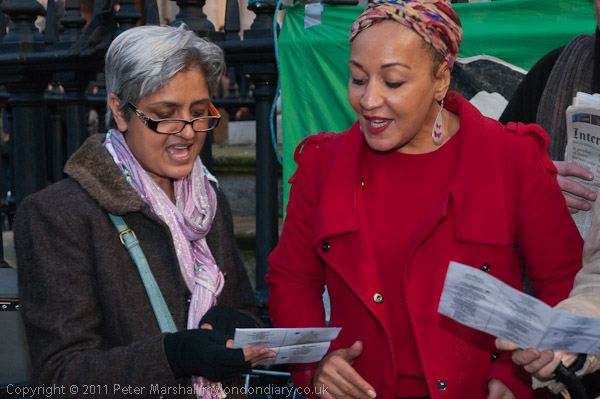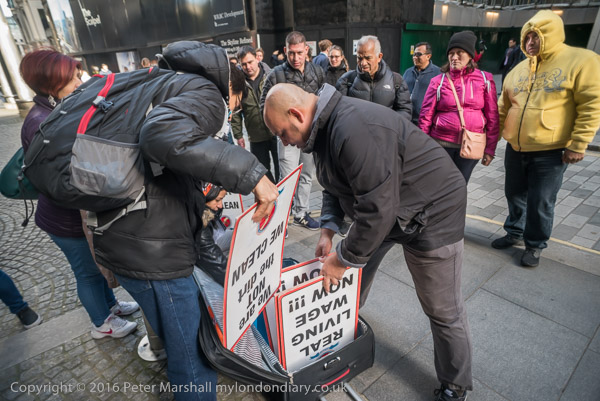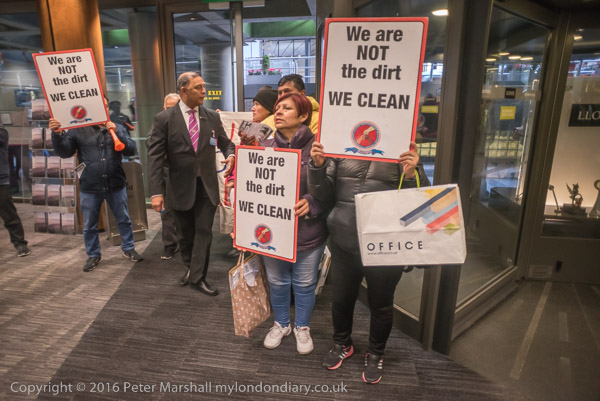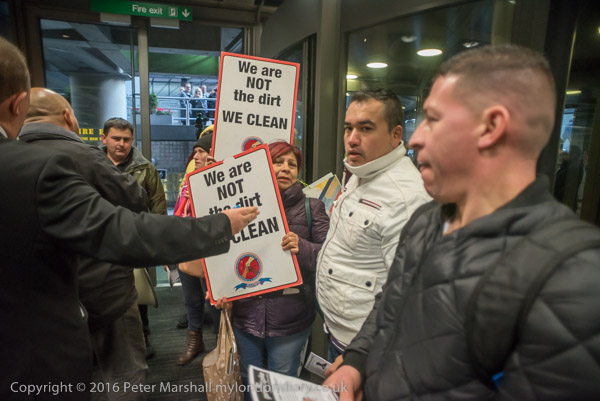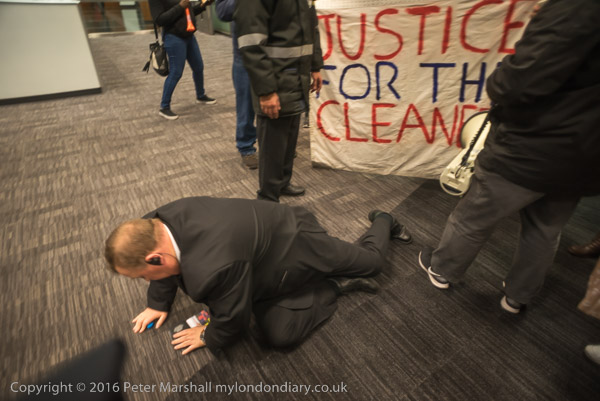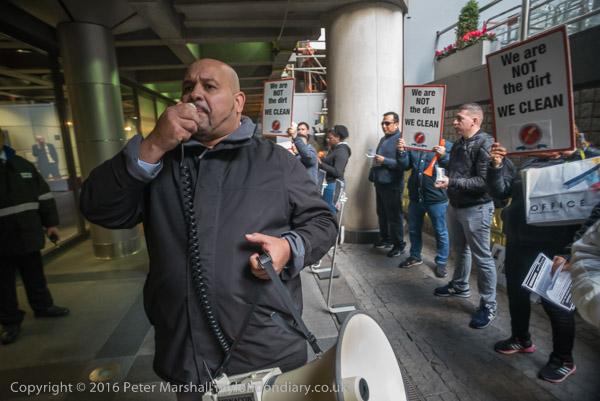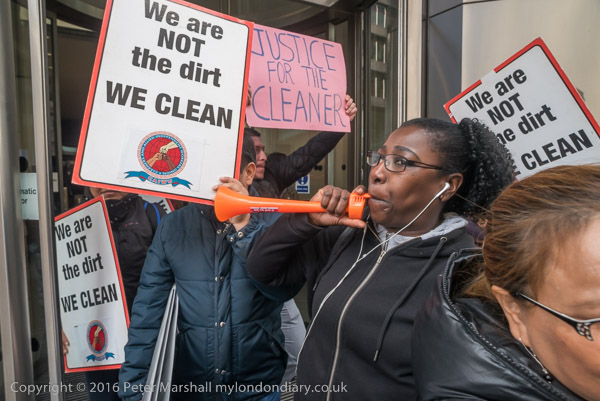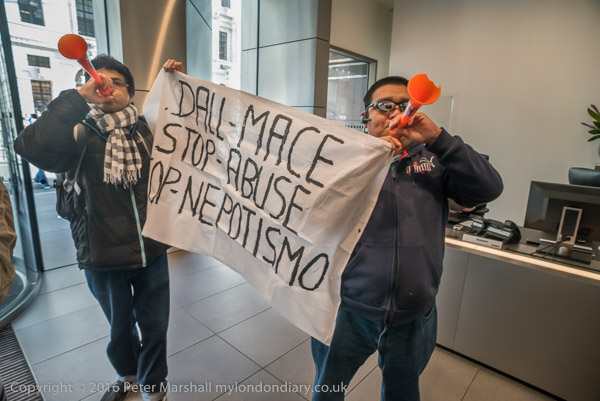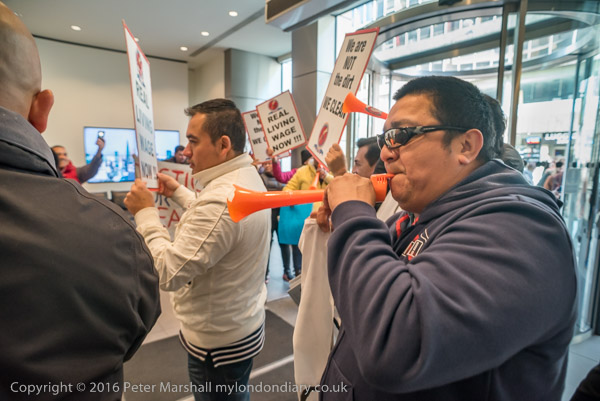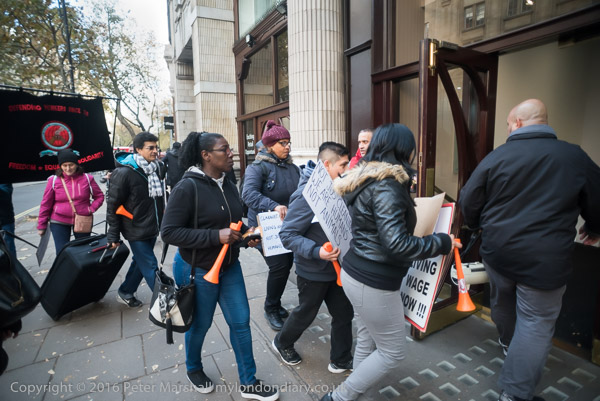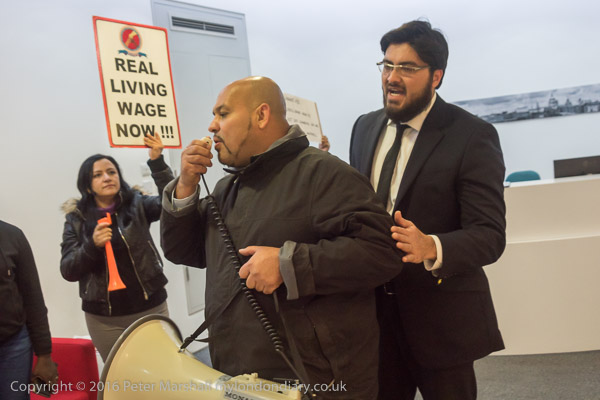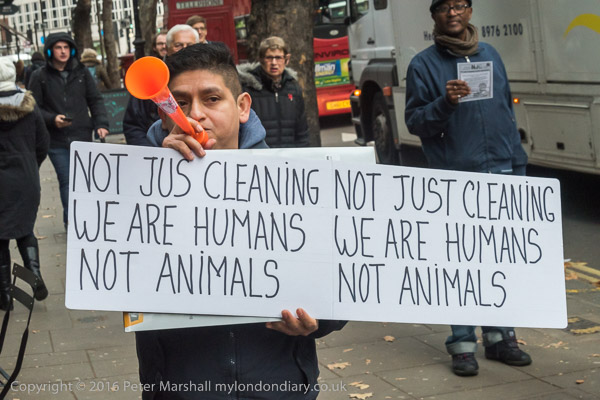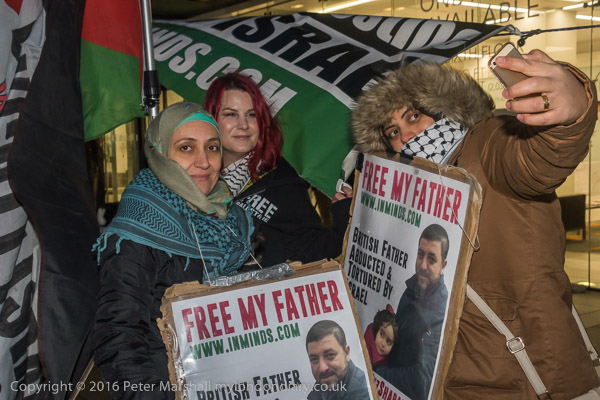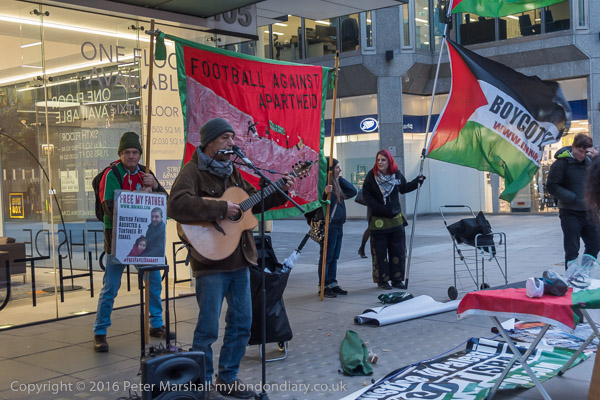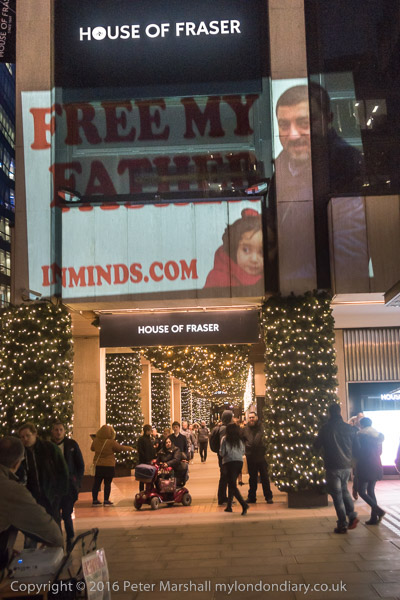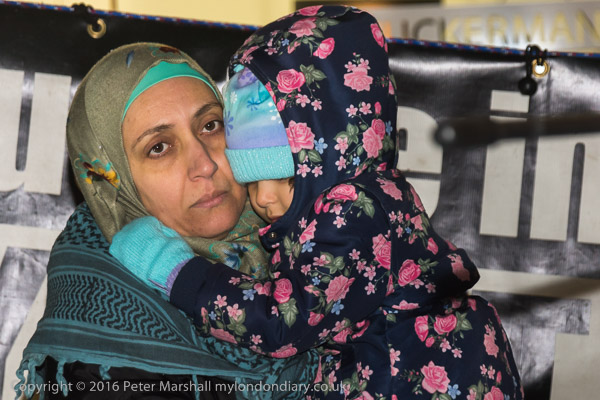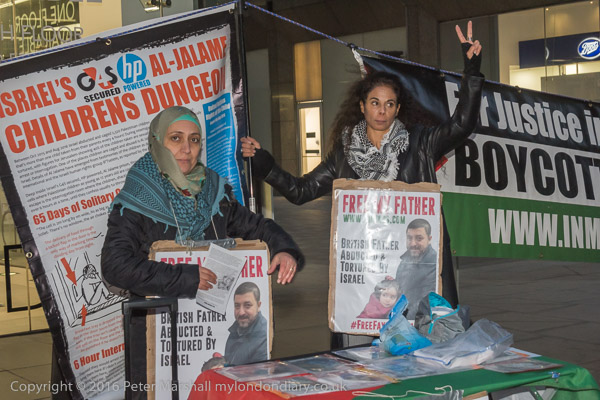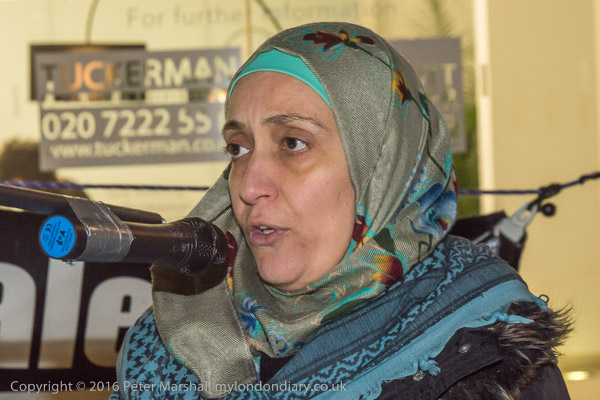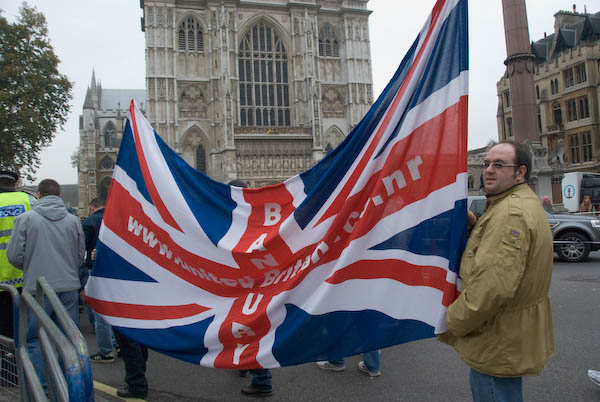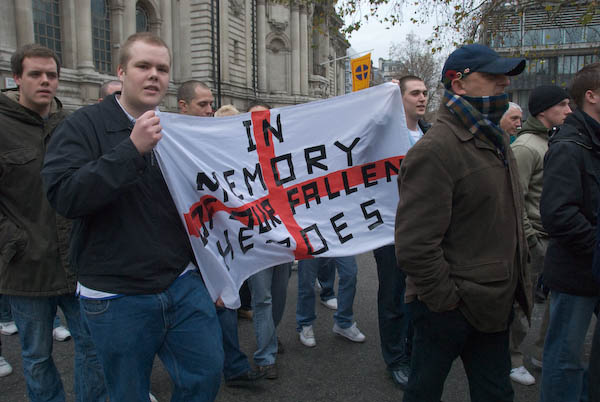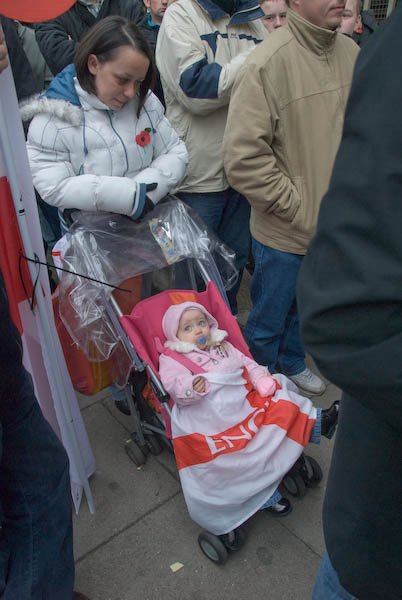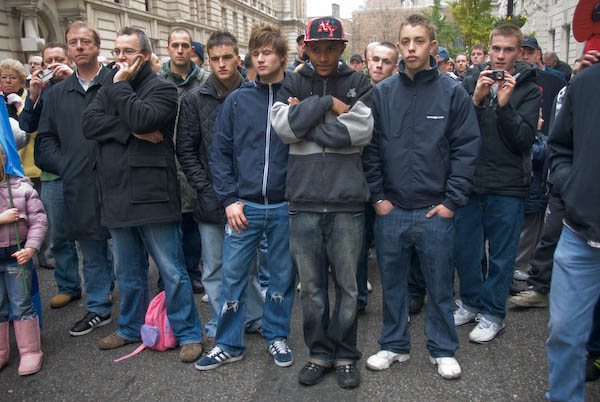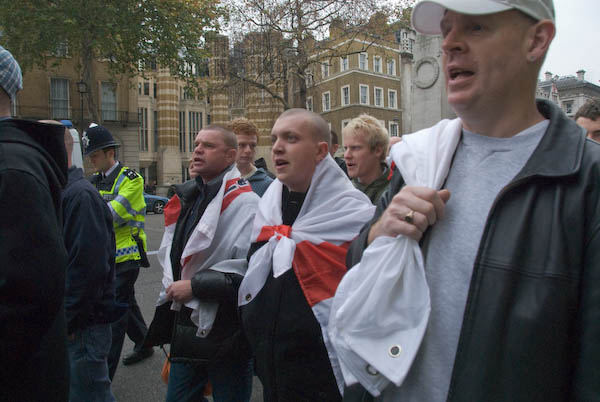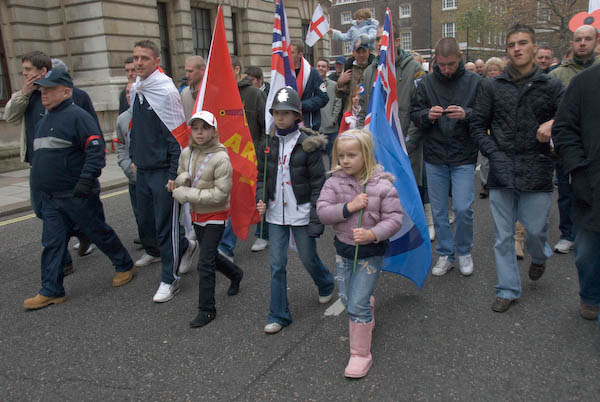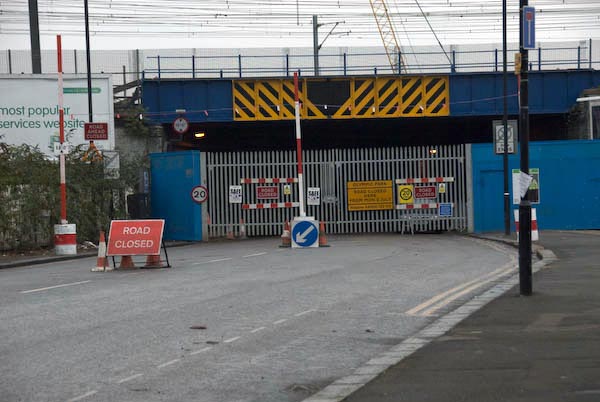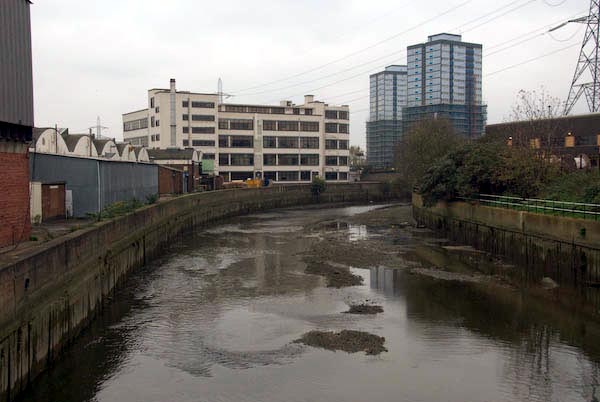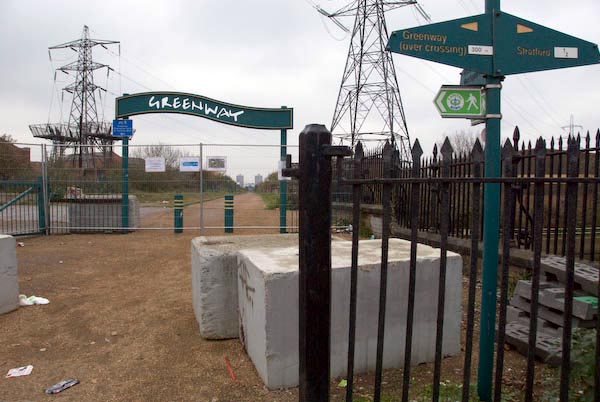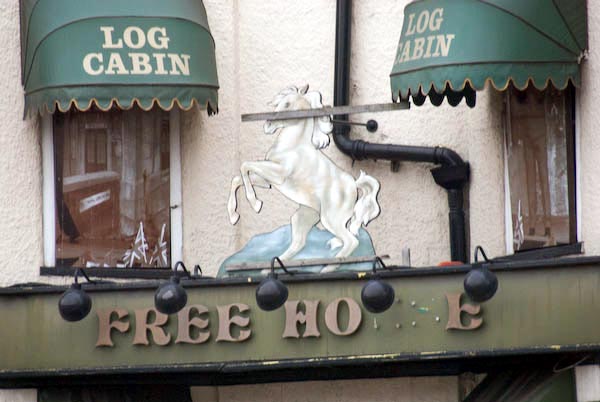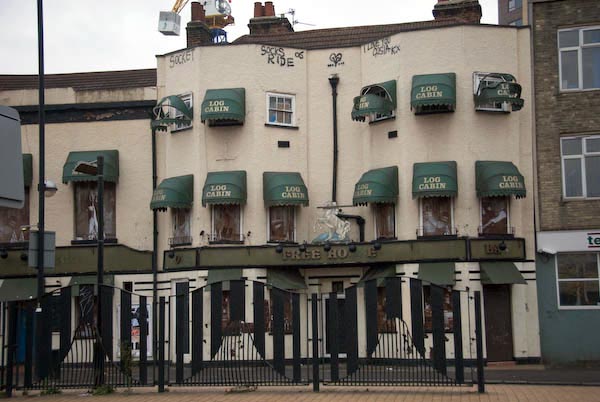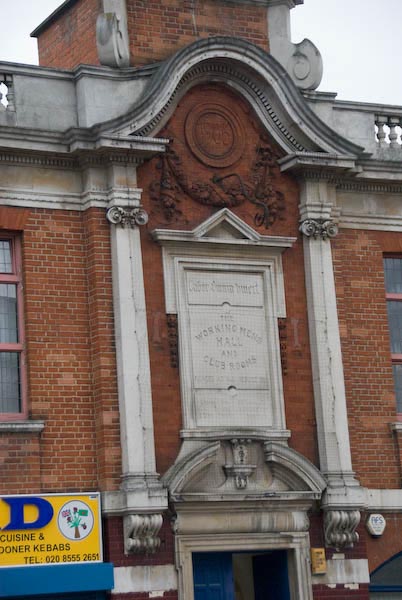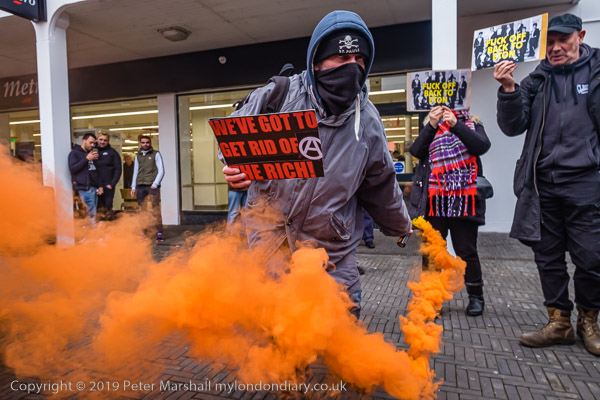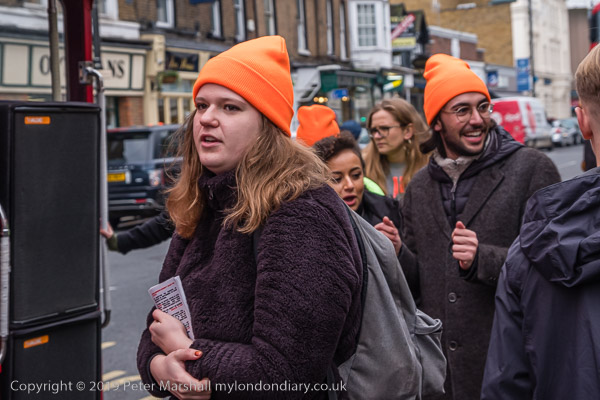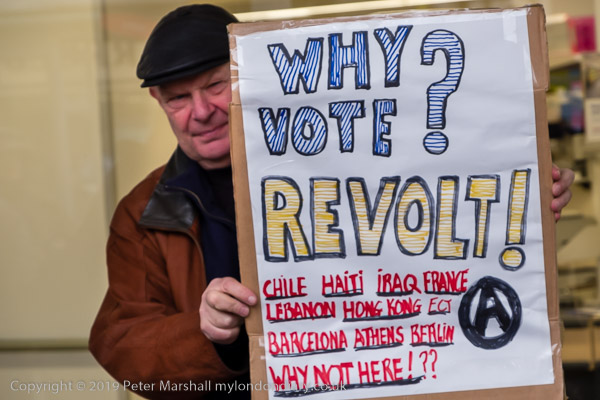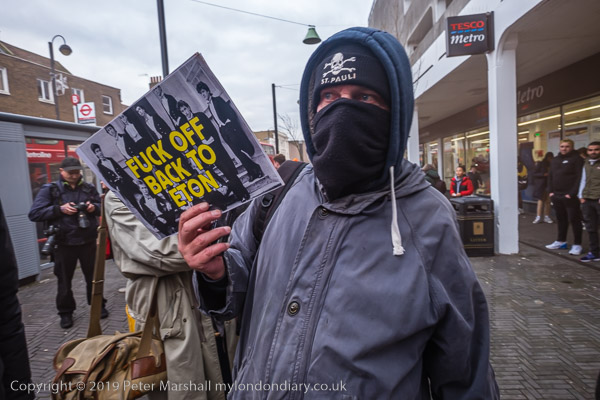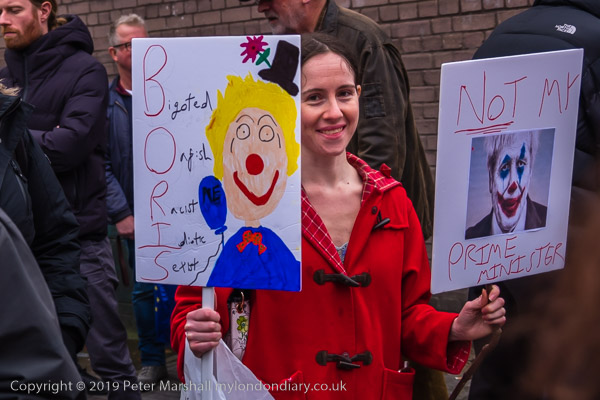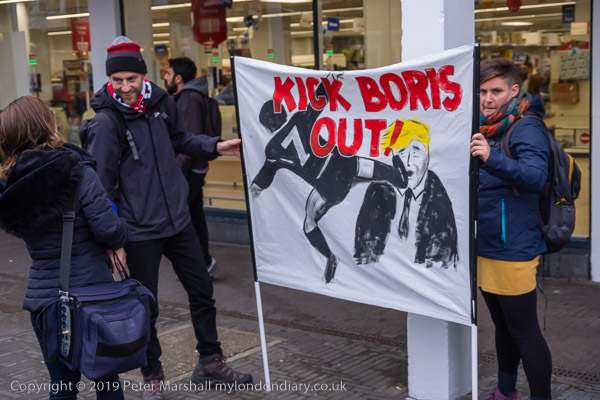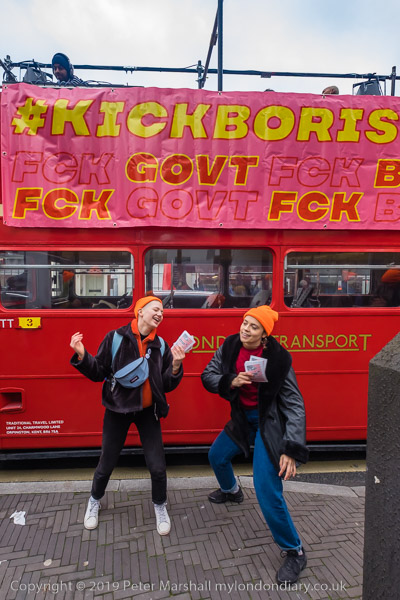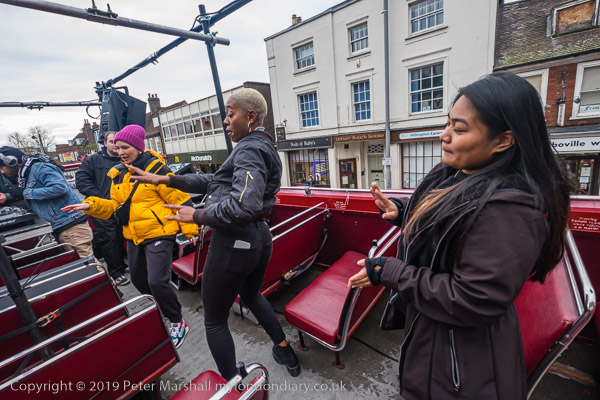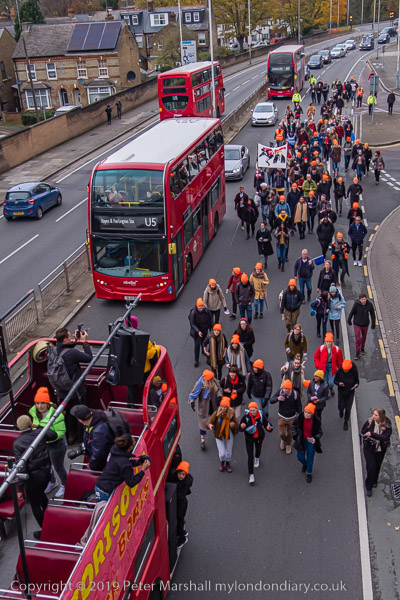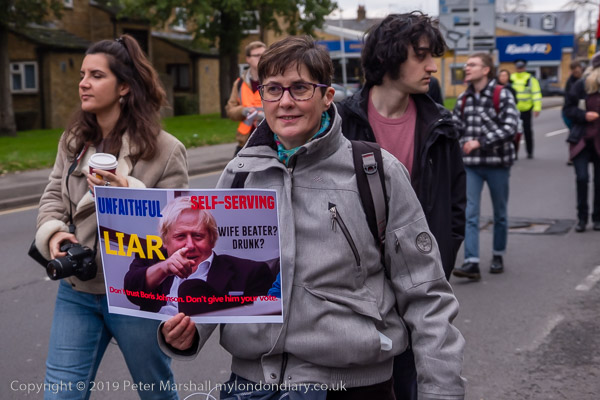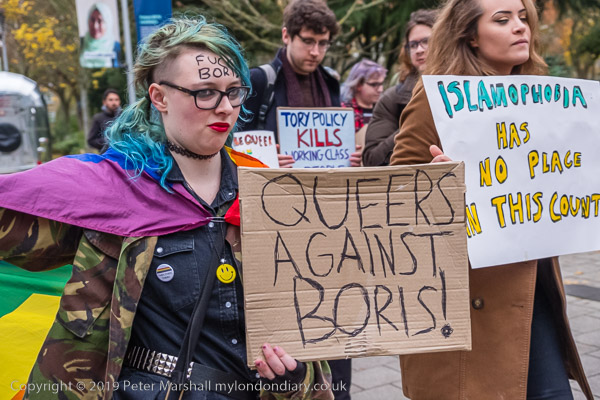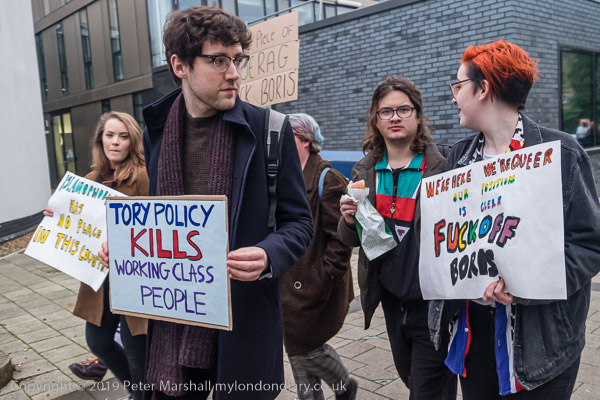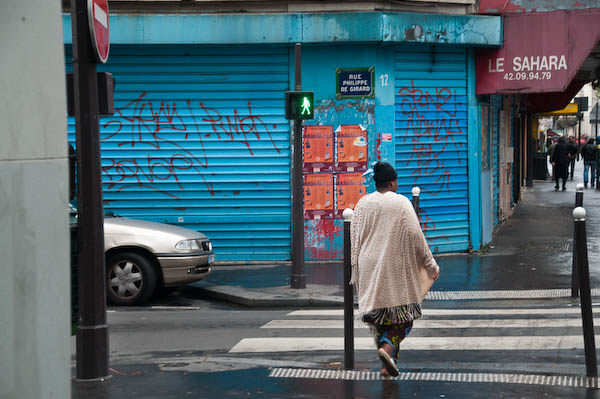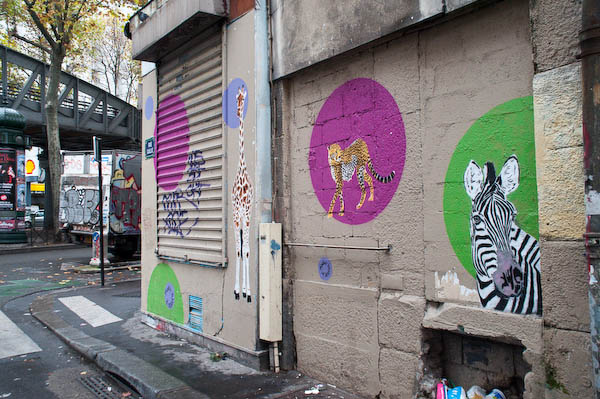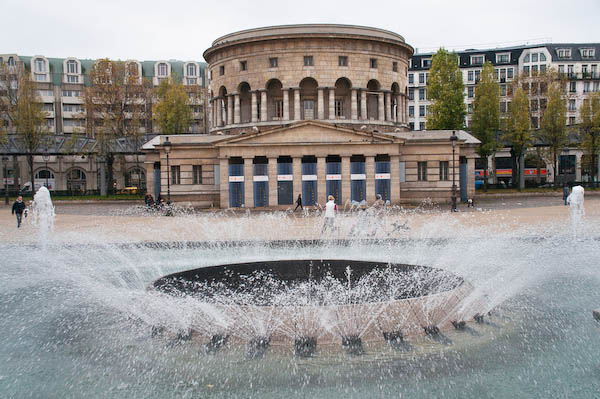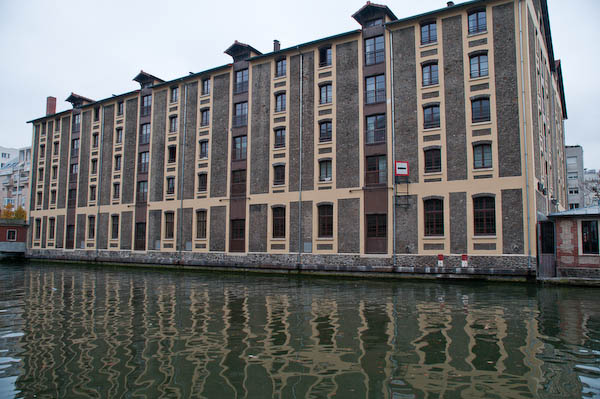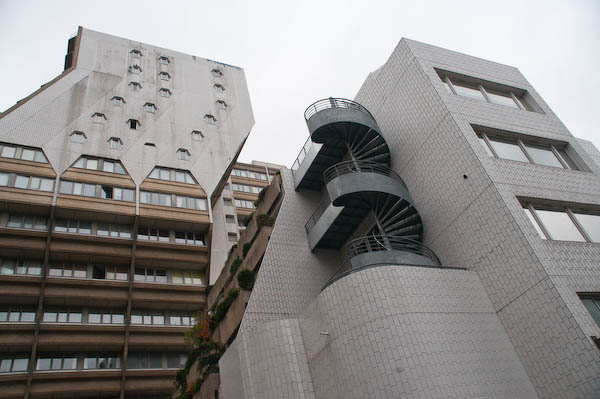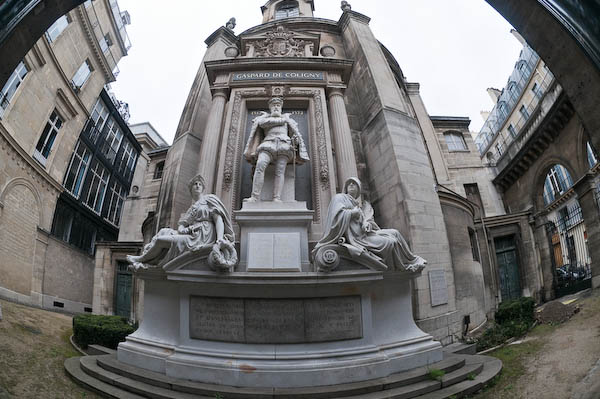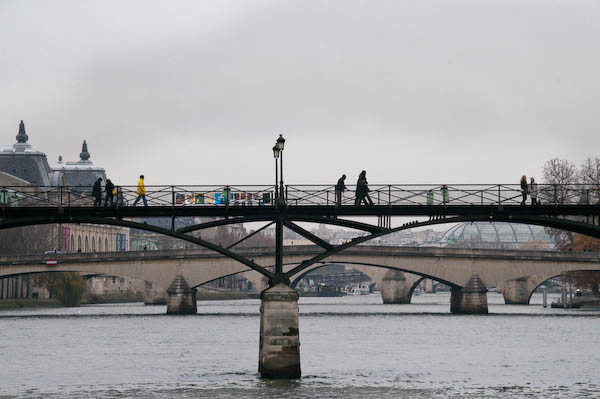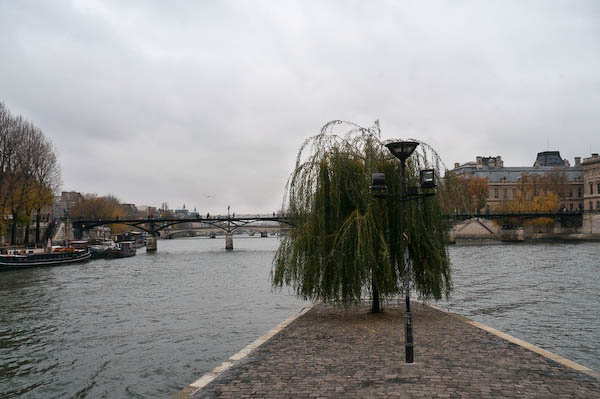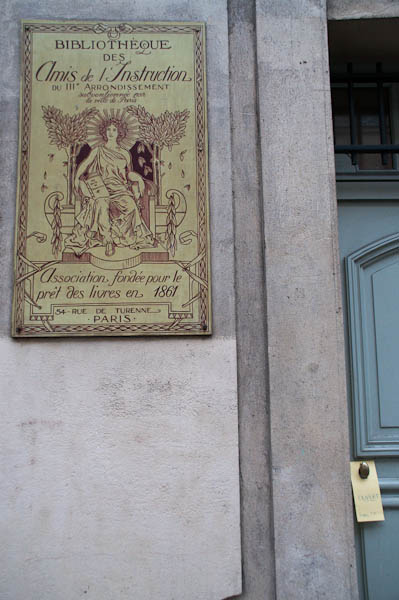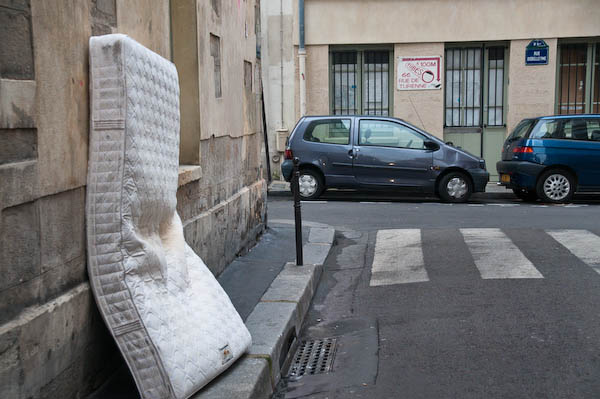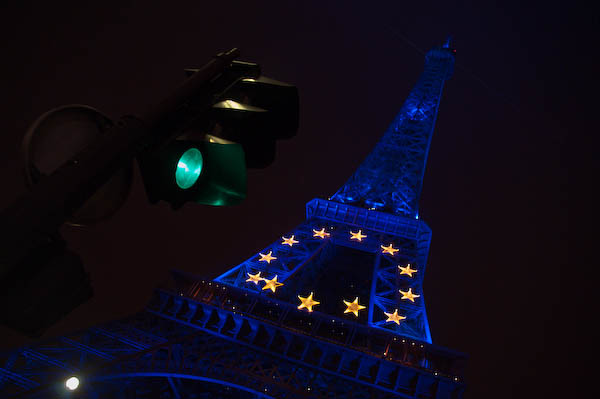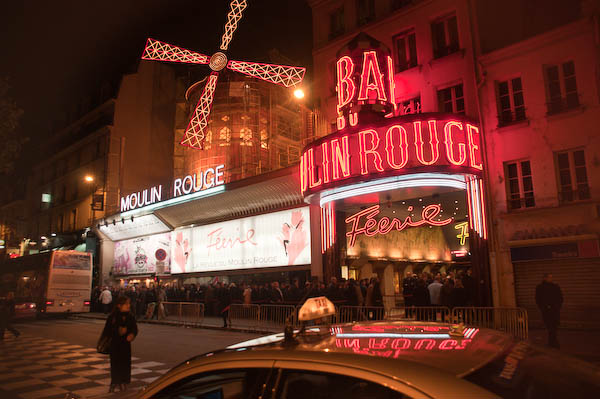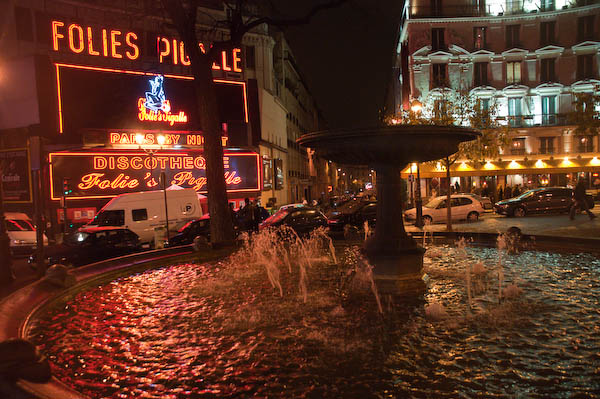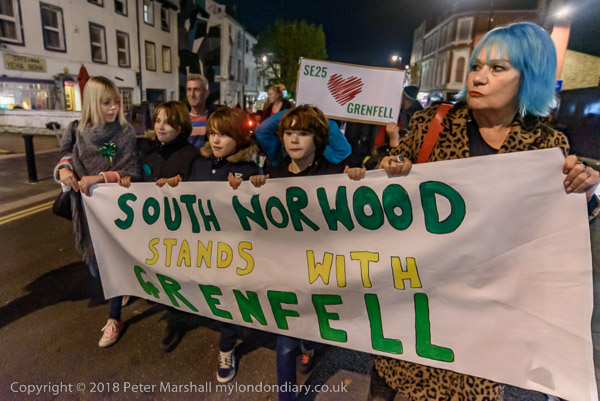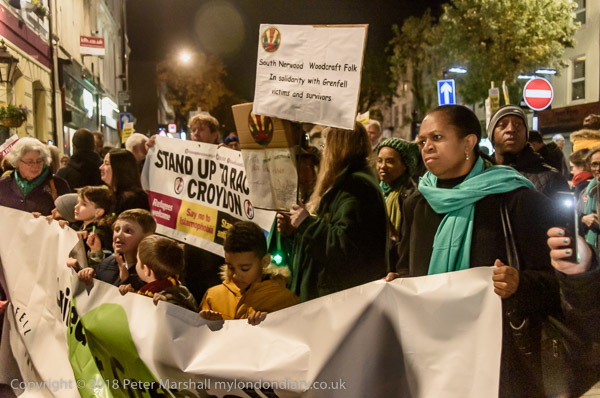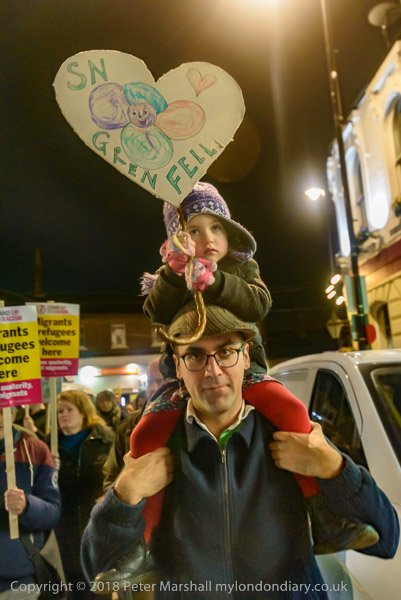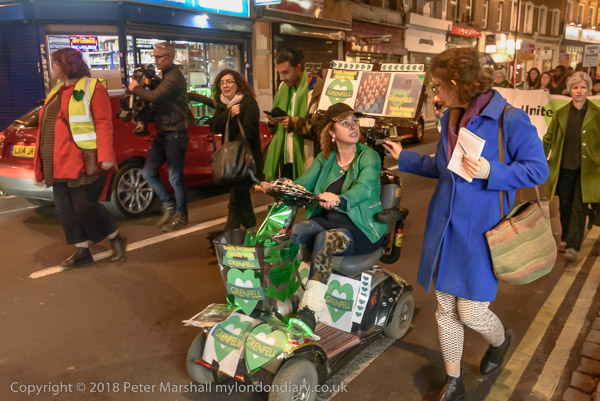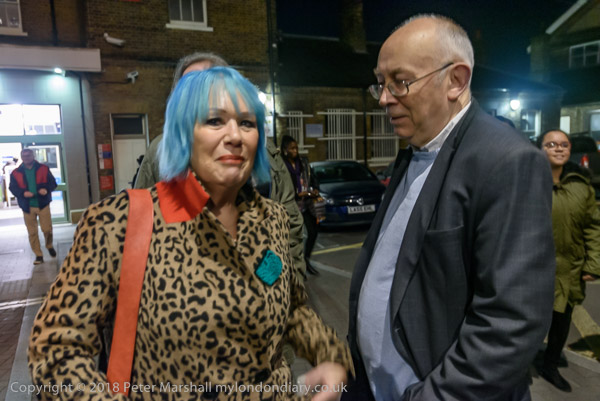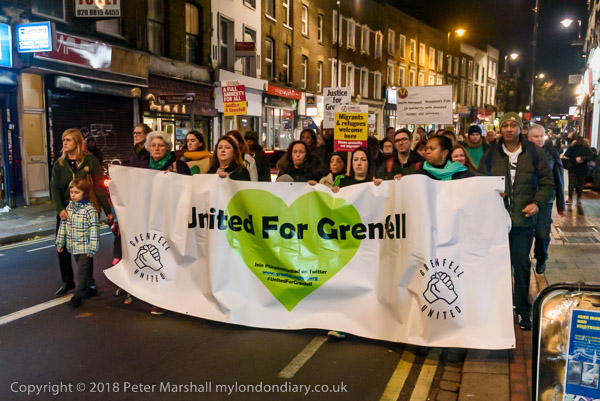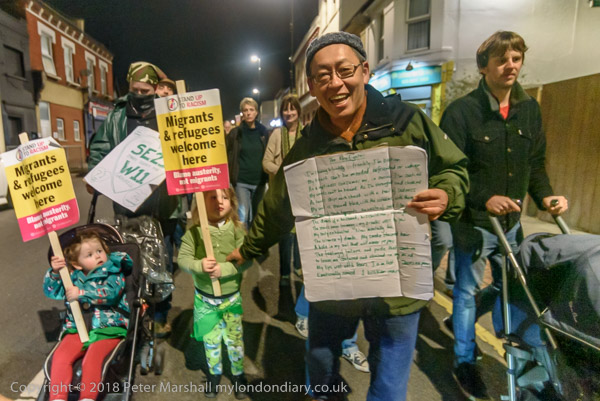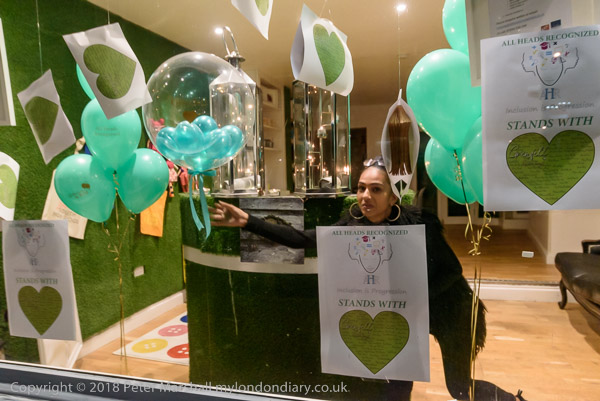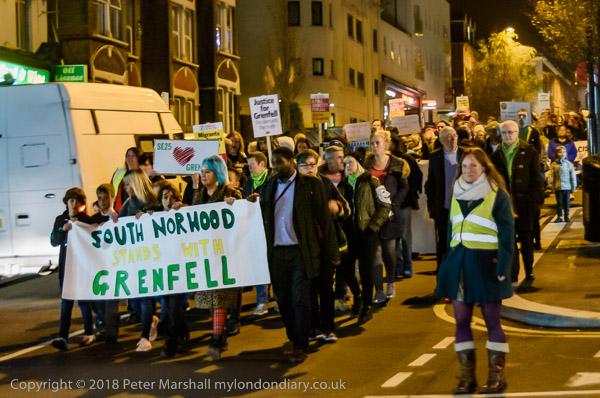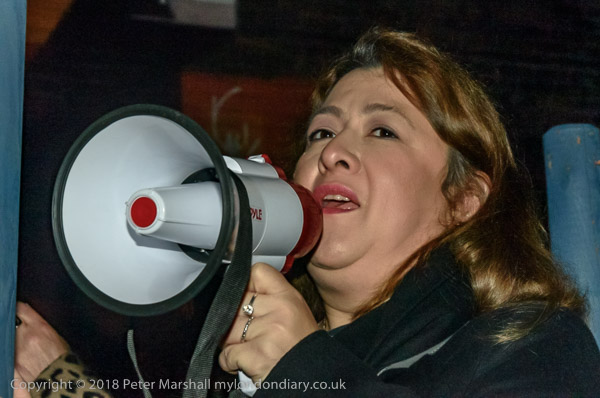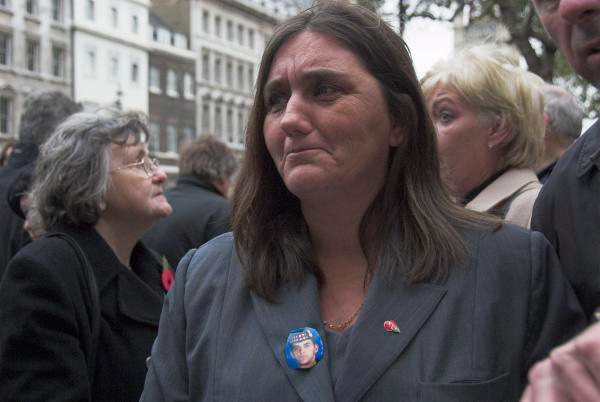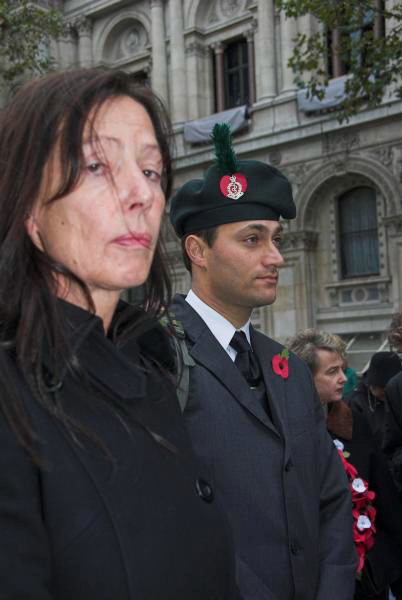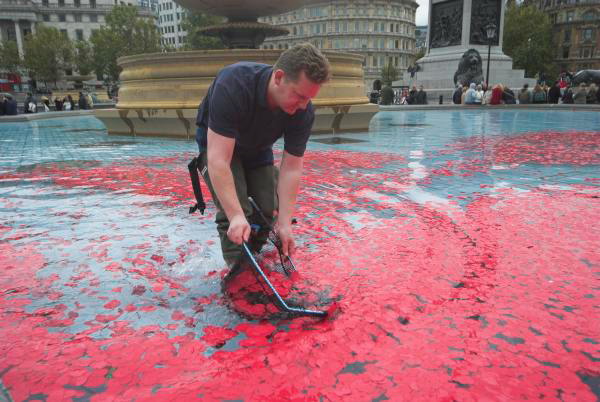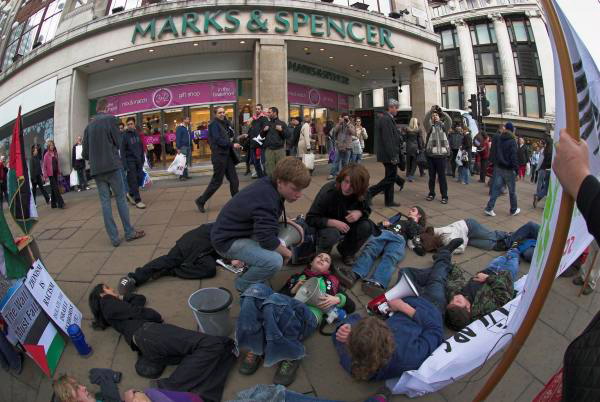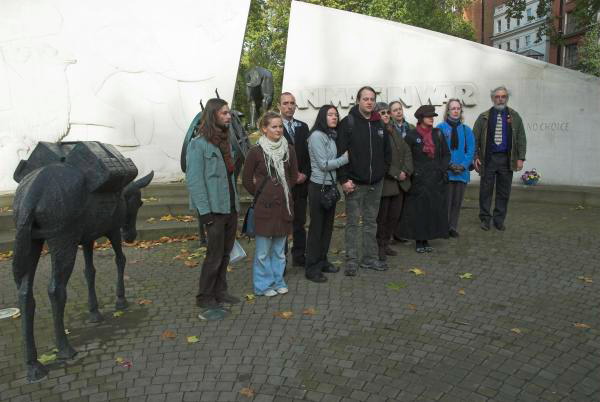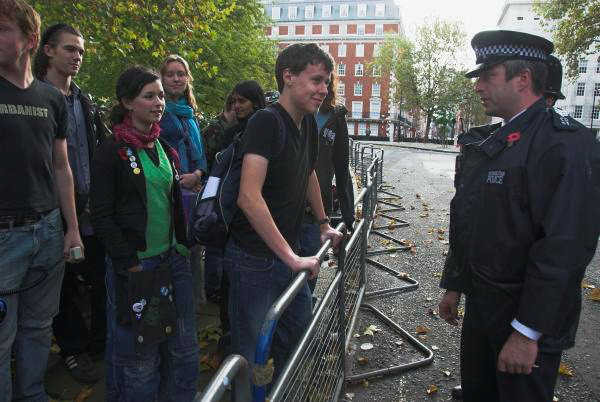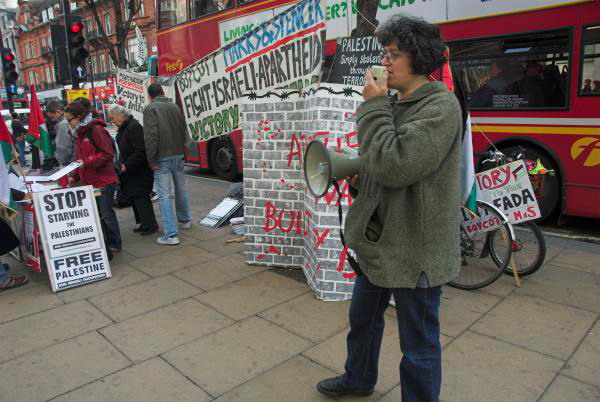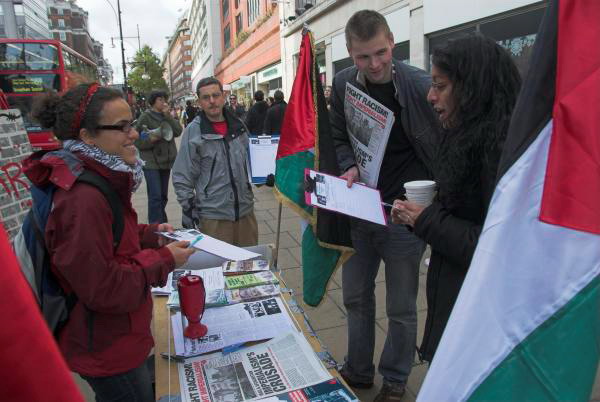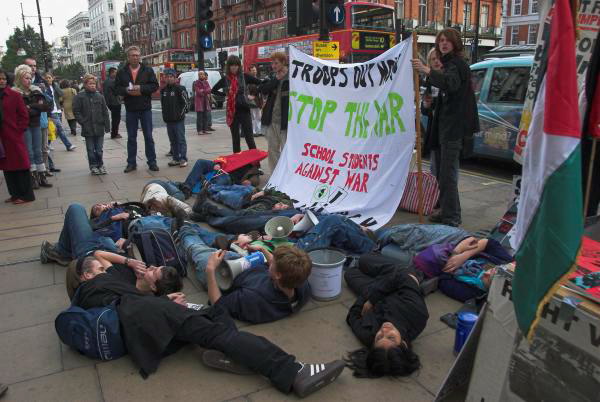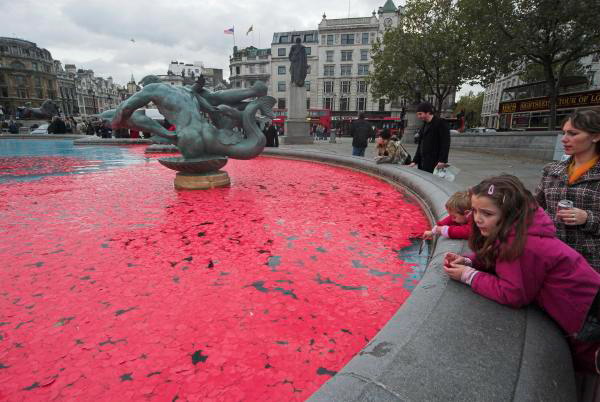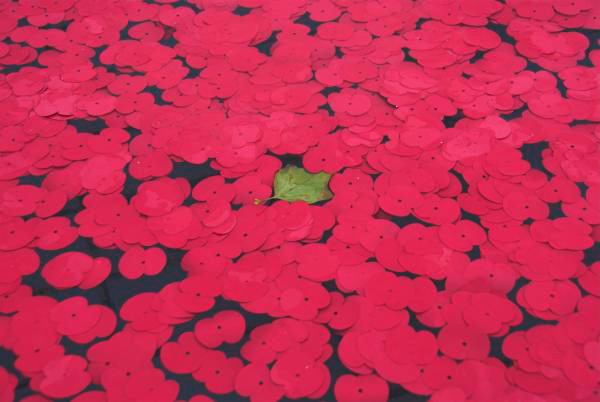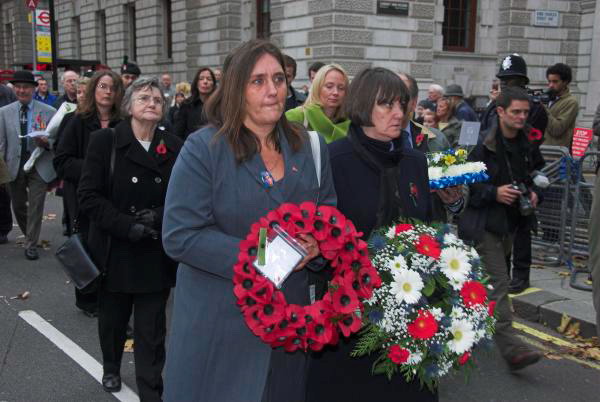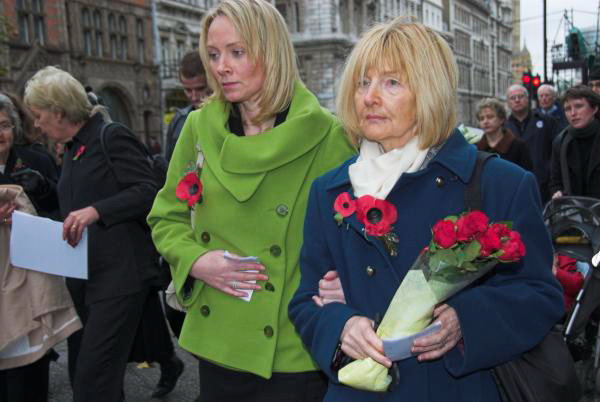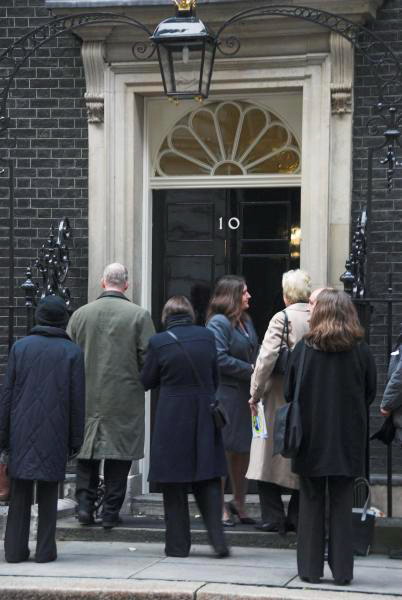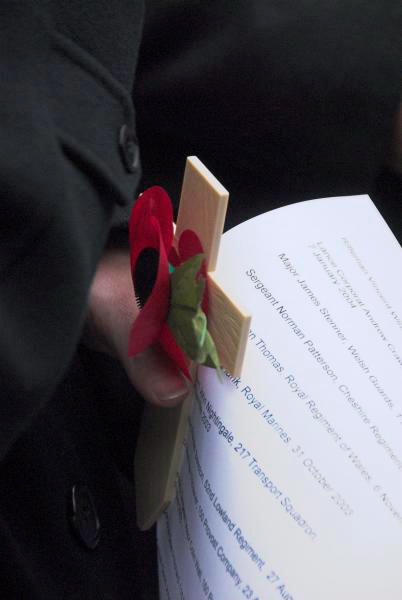Stop Bush National Demonstration – It seems so long ago; on Thursday 20th November 2003, 20 years ago today, I photographed the protest against then US President George Bush in London.
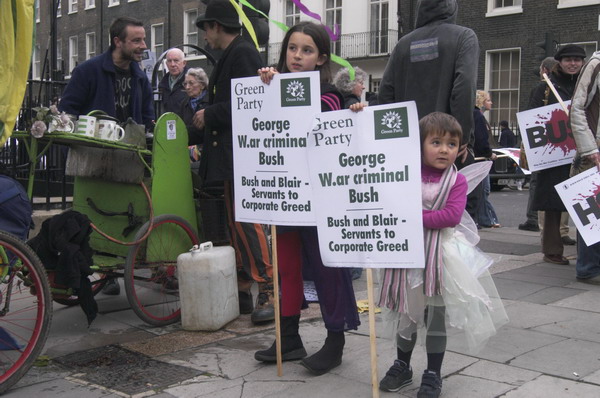
The protest came just 8 months after the US under Bush had led the invasion of Iraq, aided by Tony Blair who had lied to Parliament and presented a fake dossier to take Britain to war as well.
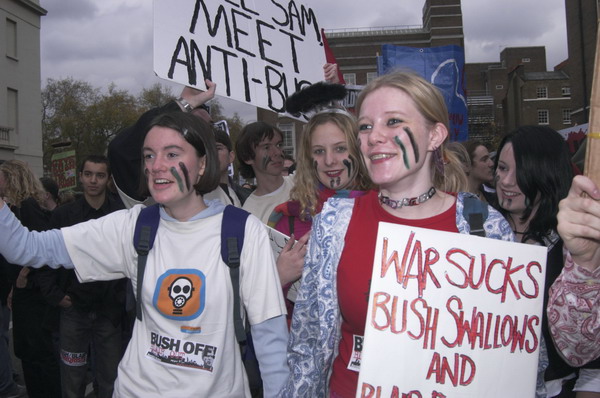
The US had claimed their action was necessary to “disarm Iraq of weapons of mass destruction, to end Saddam Hussein’s support for terrorism, and to free Iraqi people”. It wasn’t long before it became clear that those who had always said there were no weapons of mass destruction in Iraq were proved correct, and although Saddam was killed the invasion encouraged support for terrorists across much of the world, and rather than becoming free the people of Iraq were subjected to still continuing years of misery.
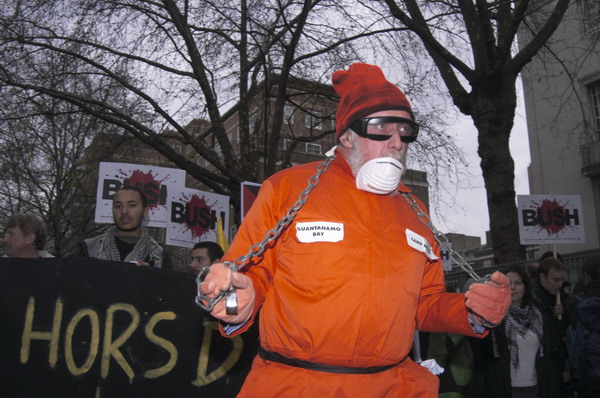
A 2023 report by the Stockholm International Peace Research Institute comments that the invasion “ushered in years of chaos and civil war, as a variety of armed groups vied for power and territory and targeted coalition forces and the fledgling post-Ba’athist Iraqi Army. A period of relative calm in the early 2010s was broken by the rise of the extremist Islamic State group, which occupied large parts of the country from 2014 until it was largely defeated by Iraqi forces with the support of a US-led international coalition in 2017.”
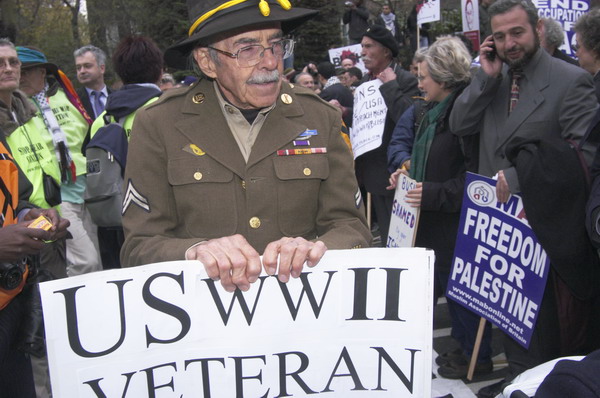
It goes on to say that the country is now in 2023 at its most stable since the invasion, but “Armed violence persists in different forms, but it is sporadic, fragmented and localized. However, the country remains fragile and divided, and its people face an array of deepening challenges that the state is struggling to address.“
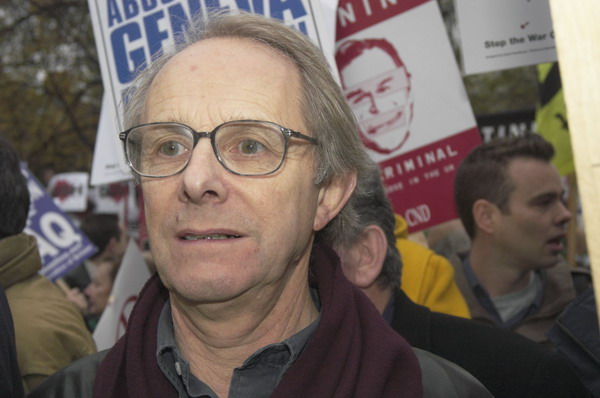
Twenty years ago I was just beginning to work using a digital camera. The Nikon D100 was one of the first affordable generation of digital SLRs, released in the USA at around the same time as the Canon EOS D60, both with a price tag of just under $2000, though I forget what I paid for it here in the UK.
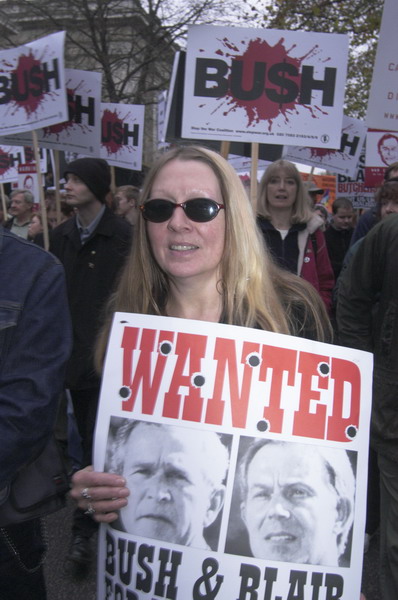
It was still a rather primitive beast, with a 6Mp sensor roughly half the size of a 35mm film frame in what Nikon dubbed DX format. It’s viewfinder was small and dim, making working with it rather more difficult than the film cameras – both SLR and rangefinder – that I had been using.
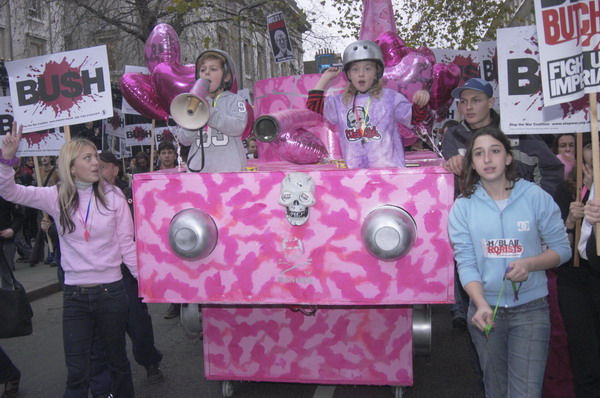
And having spent so much on a camera, I also had to buy a lens. I’d long been using Olympus SLRs along with Leica and other cameras with the Leica-M mount and had a full range of lenses for these, but nothing with a Nikon mount. So along with the camera I’d bought what was the cheapest zoom in their range, a 24-85mm with a maximum aperture of around f3.5. On the D100 that worked as a 36-127mm equivalent.
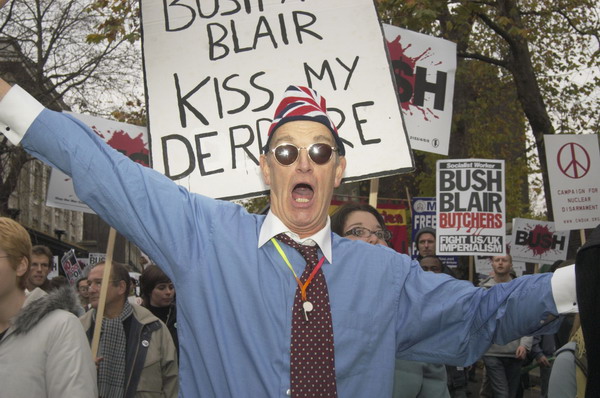
It was a useful lens, and a very decent performer, but still rather limiting, with no real wide-angle capability. So alongside the D100 I would also be working most of the time with two other cameras, one loaded with colour negative film and the other black and white.
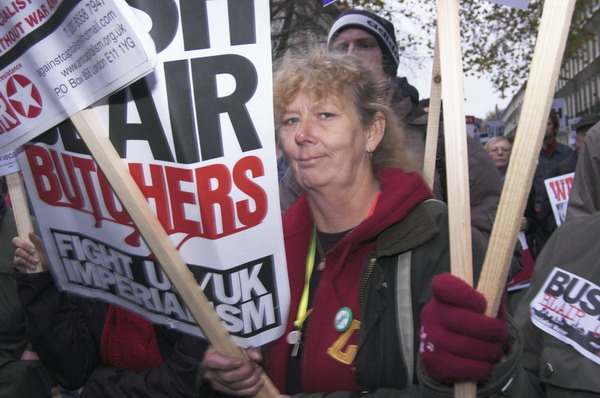
But there was a huge advantage with digital, in that I could send off files to an agency within hours of taking them, while with the black and white it was probably a day or two before I made prints to take or send. Publishing too had largely moved to colour and colour images were now wanted rather than black and white.
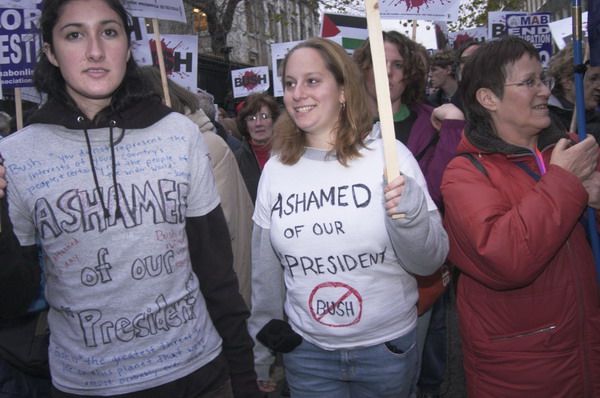
Although I developed and at least contact printed the films I took then, I think I’ve made very few if any prints from this or other events at the time. And any I have made since will have been printed digitally from scans of the negatives.
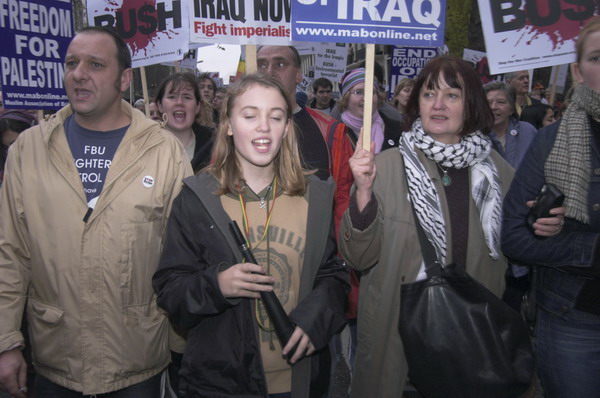
Digital gave an immediacy, but there were still problems with handling the files. Software to process the RAW images that were needed to get the most out of the digital files was still rather primitive by current standards, and most of the images I processed back then have a slightly muddy look. Nikon’s colour rendering was I think more to my taste than Canon, but still not up to that from film, though now we get far more accurate colour from digital. When Adobe introduced Lightroom in 2007 it was a little of a step backwards, but since then it has improved dramatically.
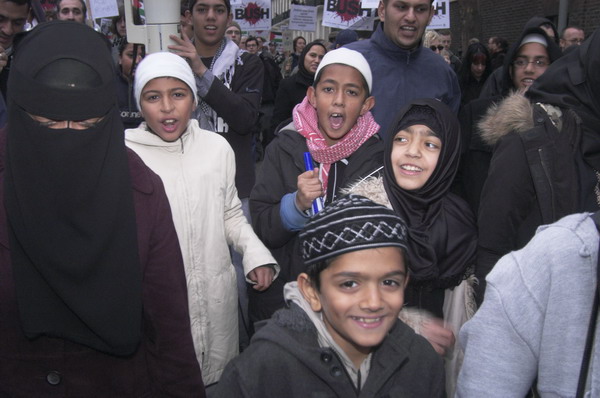
Those early sensors also were not too great with high contrast subjects and for some years I worked much of the time with fill-in flash on sunny days. Fortunately this was something that digital camera and modern flash systems made a simple routine.
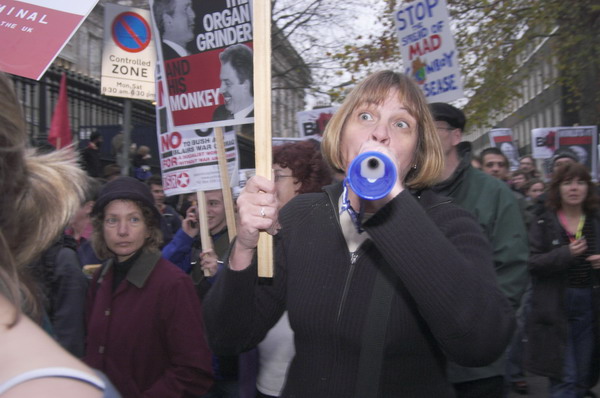
On My London Diary I was still experimenting in how to present digital work on the web, and the thumbnail pages I created here were not the best of ideas. But the 80 images presented there – around a third of the exposures I made – perhaps give a good idea of how I worked. Clicking on any of them gives a page with slightly larger views of several of them.
